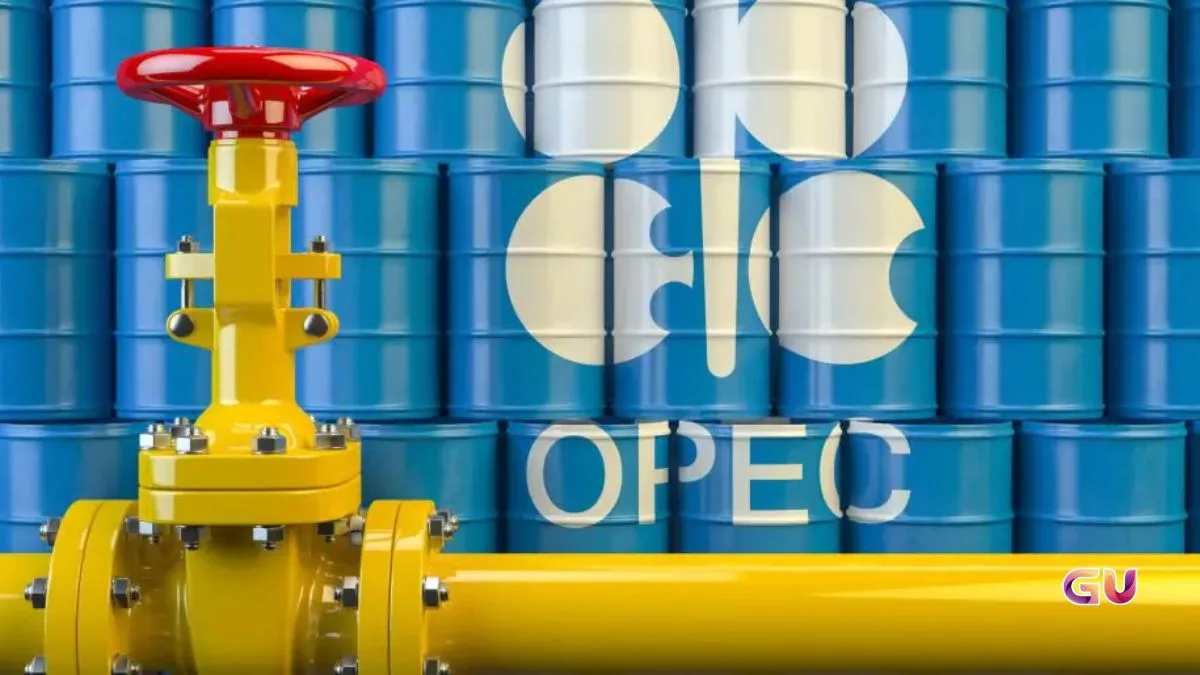OPEC+ — The OPEC+ alliance of oil-producing nations approved another major supply increase for July, continuing its aggressive plan to unwind past production cuts and reclaim lost market share. The group, led by Saudi Arabia and Russia, announced a 411,000 barrels per day (bpd) increase, matching similar hikes made in May and June.
This move, formalized during an online meeting Saturday, brings the total output increase since April to 1.37 million bpd—a bold reversal after years of coordinated cuts that had once removed over 5 million bpd from the global market.
Market Share Over Price?
The latest decision signals a clear shift in OPEC+ strategy: prioritize volume and market share over price stability. Analysts believe this could lead to short-term price pressure on global oil benchmarks, particularly U.S. West Texas Intermediate (WTI) crude, which currently hovers near $60 per barrel—well below the profitability threshold for many American shale producers.
“Three strikes from OPEC+, and none were softballs. May warned, June confirmed, and July fires a shot across the bow,” said Jorge Leon, a former OPEC official now with Rystad Energy.
Impact on U.S. Energy Sector
The move may disproportionately affect U.S. shale producers, many of whom require prices above $61–$70 per barrel to justify new drilling operations. Already, the number of U.S. onshore drilling rigs has fallen to its lowest level since November 2021, signaling a slowdown in domestic oil production.
“This level of pricing makes new U.S. drilling uneconomical,” said Violeta Todorova, senior analyst at Leverage Shares. “A flood of OPEC+ barrels into the market could push WTI down to $53–$55 per barrel, potentially squeezing smaller producers out.”
Why the Surge?
OPEC+ officials cited tight inventories, rising summer demand, and a “steady global economic outlook” as reasons for the move. However, tensions are brewing within the group. Countries like Iraq and Kazakhstan have repeatedly overproduced beyond their quotas, prompting frustration from leaders like Saudi Arabia, who are calling for stricter compliance.
At the same time, geopolitical uncertainty — including trade tensions between the U.S. and China, and ongoing global inflation — makes accurate demand forecasting especially tricky.
Despite this, OPEC+ appears united in its bid to reclaim influence. The group’s share of global oil production has shrunk over the last decade, largely due to surging U.S. shale output. Analysts suggest the recent production hikes are aimed at correcting that shift — even if it temporarily drags prices down.
What’s Next?
If OPEC+ proceeds with the full July hike as expected, global oil prices could retreat further unless demand surges. But if the group backtracks or scales down the increase, analysts believe prices could rebound, with WTI potentially rising to $65–$67 per barrel.
The coming weeks will test whether OPEC+’s gamble on volume pays off—or if the strategy backfires, destabilizing prices further in a fragile global economy.
